I was born in mid 80s, and when I was young, Halloween was not popular in Italy, and I only heard about it thanks to the movies and tv series I watched. This period was not associated with decorated pumpkins and terrifying masks, but it has always been connected to the not-so-charming but still appreciated festivity of Ognissanti.
The first of November we celebrate in Italy Ognissanti, and everybody doesn’t go to school or to work (that’s why we always appreciated this day), so that we can visit our beloved departed ones and spend some time remembering them.
During those days in Lombardy, where I grew up, many pastry shops and bakeries prepare Pane dei Morti, a sort of big, rich and strongly spiced cookie, that was originally prepared as a gift to be given to our departed. The tradition of preparing something for the passed-away is quite common throughout Italy, so that you can find many preparations “dei morti” (literally translated “of the dead”): fave dei morti, almond-based biscuits; Tuscan Pan dei morti, also called Pan dei Santi, a sweet bread enriched with walnuts and raisins; ossa dei morti, similar to fave dei morti, but flavoured with cinnamon and cloves.
Where I live, in the area of Versilia, Lucchesia and Garfagnana, this is also the period of autumn sagre (food festivals). In October there have been many Chestnut festivals and during the days of Ognissanti in Camaiore there’s sagra dei matuffi, dedicated to a typical dish of soft polenta. During these festivals, it’s quite common to find the first stalls of the season, preparing a local streetfood I love so much: Necci.
Neccio is the local and generic term for castagna (chestnut), especially used when speaking about chestnut flour. Necci are simply made with water, chestnut flour – better if freshly ground – and a little evoo, and they look like thin pancakes. They were originally cooked on smooth rocks, previously heated in the oven; but now they’re cooked on typical ferri, or on simple griddle or non-stick pan, brushed with evoo or lard.
This is typically combined with the freshest ricotta and some good honey, but they also marry well with some local charcuterie, like lard, cheek lard or Biroldo, a sanguinaccio Slow Food Presidium of Garfagnana.
If you’re eager to discover more about the traditions and recipes of this period of the year, you shouldn’t miss the posts of my fellow partners of Cucina Conversations:
- Savoiardi by Carmen, The Heirloom Chronicles
- Biscotti Nzudi by Marialuisa, Marmellata di Cipolle
- Fave dei Morti by Lisa, Italian Kiwi
- Castagnaccio piemontese by Rosemarie, Turin Mamma
- Tagliatelle with porcini mushrooms and pumpkin by Francesca, Pancakes and Biscotti
- Apple Sbrisolona Cake by Flavia, Flavia’s Flavor
NECCI CON LA RICOTTA
for about 12 necci – diameter of about 12 cm
200 g chestnut flour
350-400 g water
salt
evoo
about 300 g fresh ricotta
honey
Mix well the flour together with water and a pinch of salt. The batter should be smooth and dense, but not too much.
Cover with plastic lid and let it rest for about an hour.
Heat up a non-stick pan, and when it’s super hot, add a spoon of evoo and about 1/4 of a cup of the mixture. Spread well, using a spoon, so that you get a neccio a bit thicker than a crêpe. Cook for about one minute and then flip it carefully; brown on the other side.
Continue until the batter finishes, and pile the necci on a plate.
Stuff them with generous ricotta and a teaspoon of honey.
Enjoy!
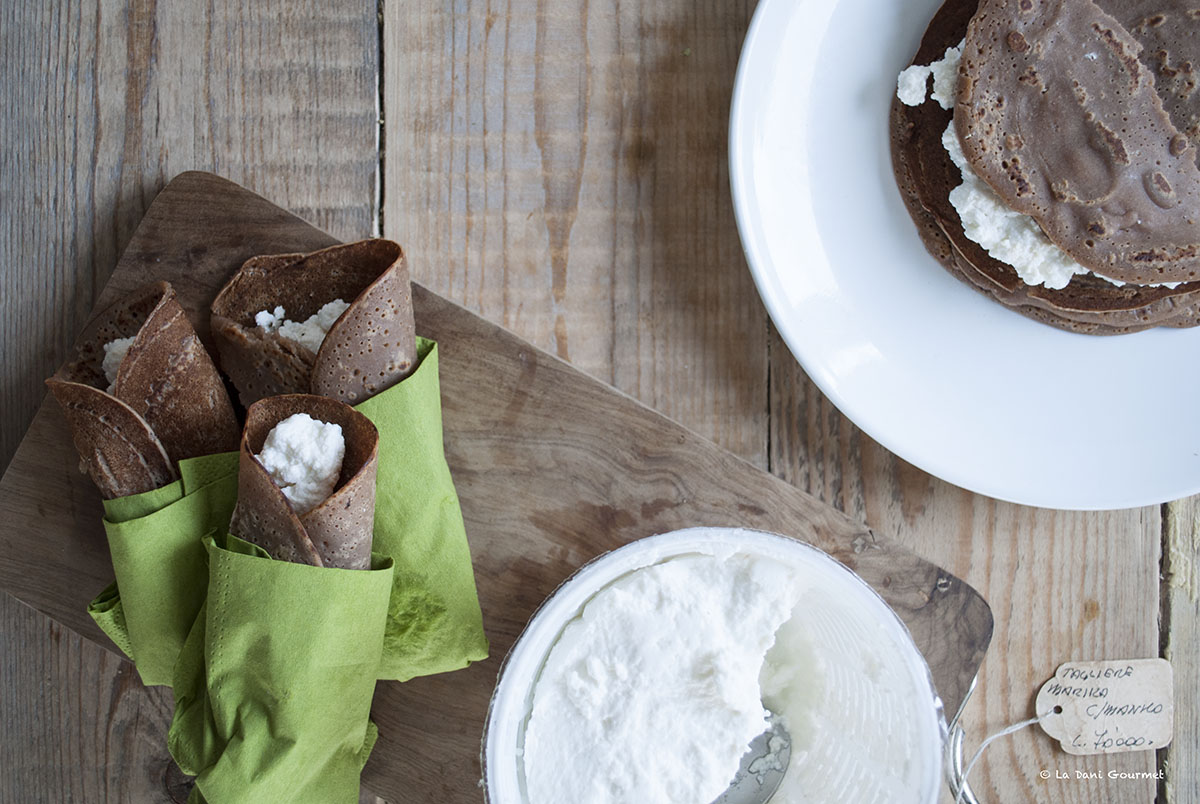




 Based on 0 Review(s)
Based on 0 Review(s)This post is also available in: Italian

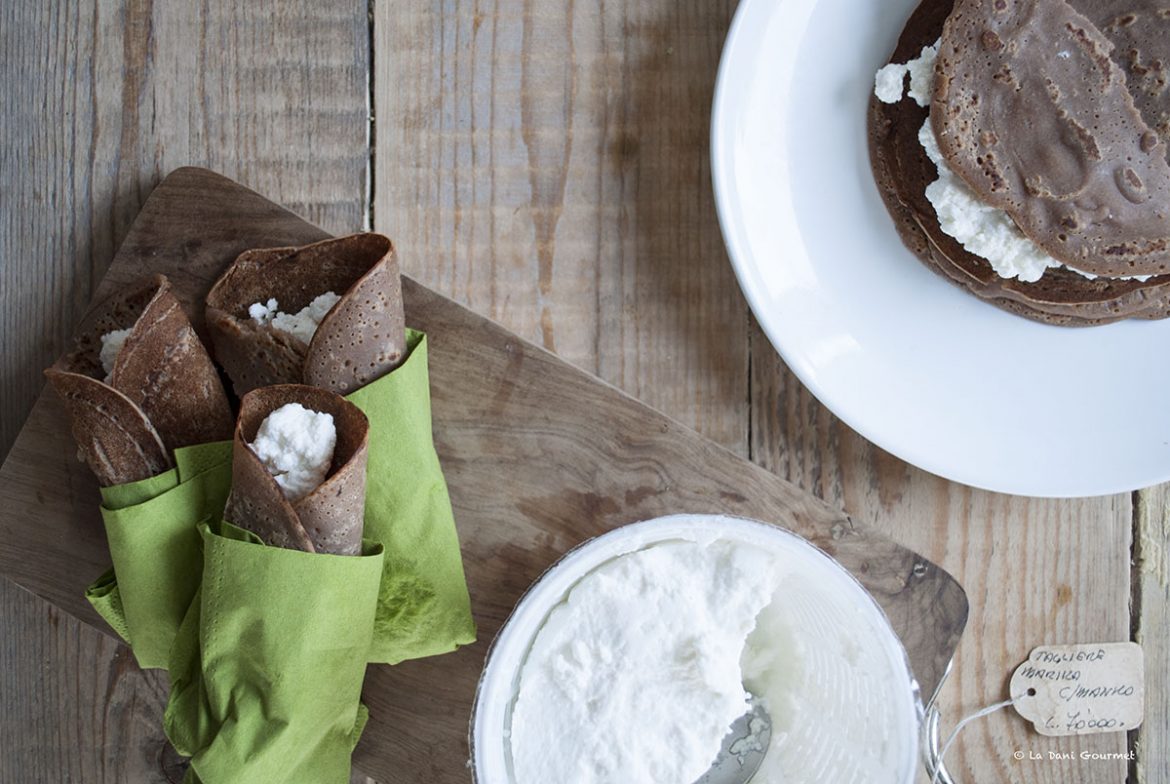
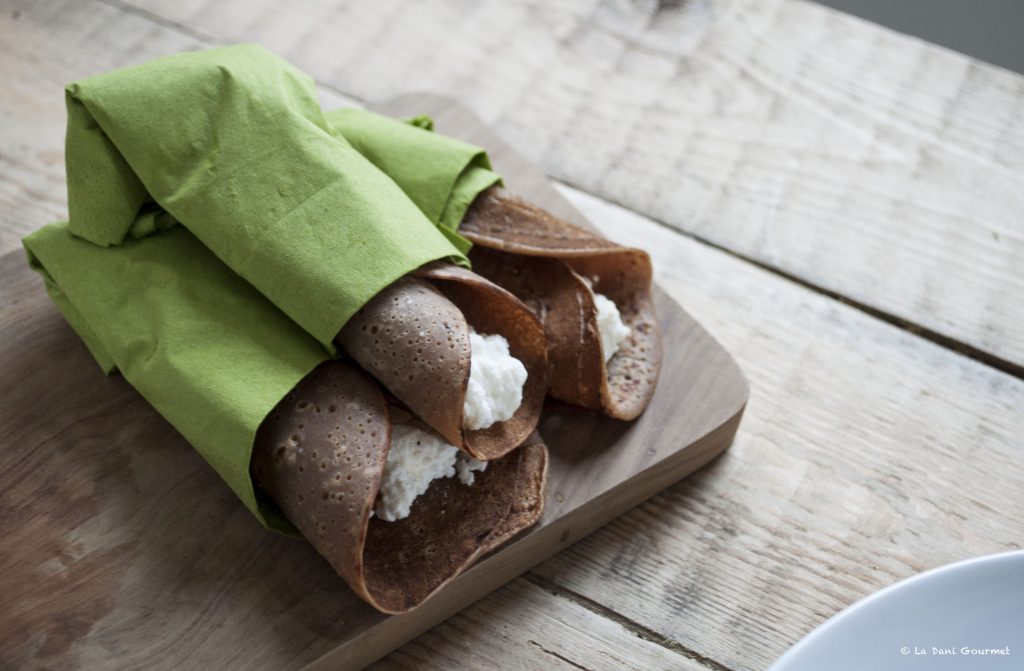
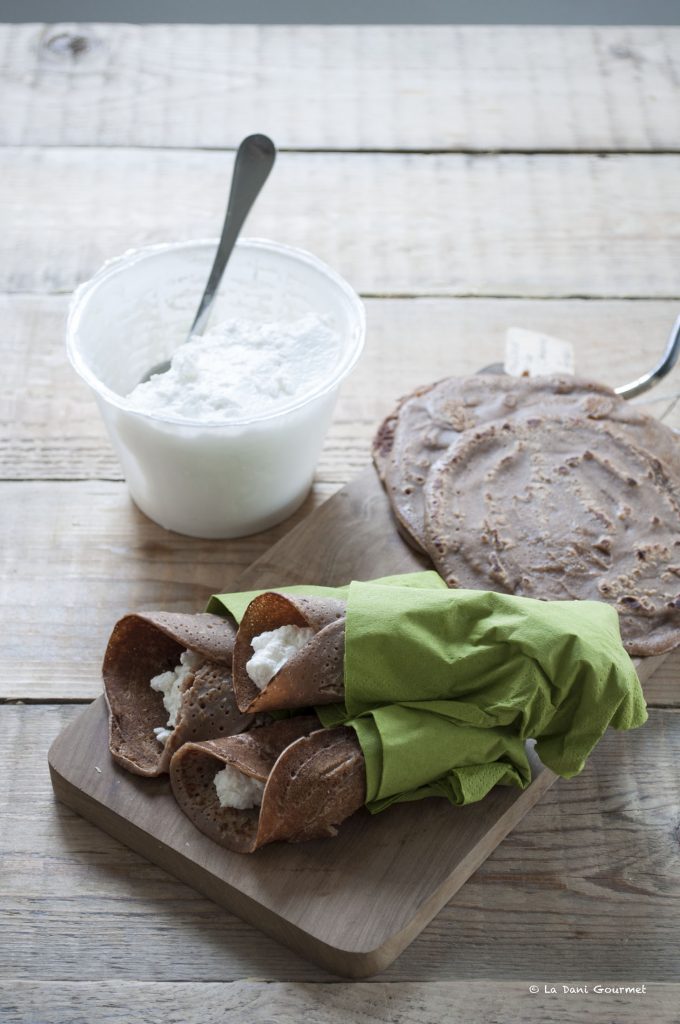

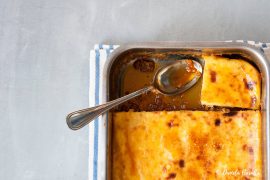
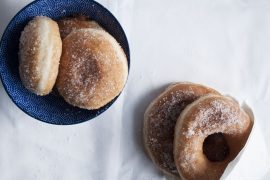
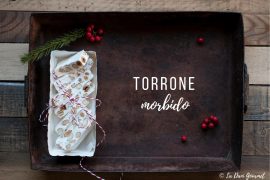
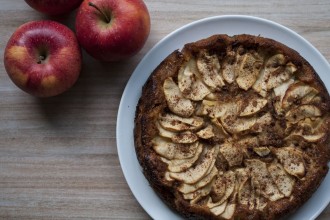
The Necci looks so appetising Daniela. I have to confess that I haven’t as yet tasted these. As I love chestnuts, I look forward to making these real soon. Lovely to learn more about the traditions from your region too.
Necci are very typical of the area where I live. Here chestnut trees are abundant and in the past chestnut flour fed lot of people. If you like the flavour of chestnut flour, you should definitely give it a try!
I’ve got lots of chestnut flour at home right now as I’ve been busy perfecting castagnaccio so I should definitely try making these. I love the subtle sweetness of chestnuts and the pairing with ricotta and honey sounds wonderful too.
I love chestnuts too, Rosemarie! I’m always surprised when I taste a ‘castagnaccio’ or a ‘neccio’, which do not contain added sugar, and I can distinctively feel the natural sweetness of chestnuts. Looking forward to your castagnaccio!
What a lovely recipe! I’ve seen chestnut flour in the supermarket here in France, but I wasn’t quite sure what to do with it. Now I know! The pancakes look delicious!
Thanks, Lisa! Chestnut flour is a favourite staple during winter. I use it also for fresh pasta, cookies, cakes. Let me know if you buy chestnut flour!
These are gorgeous, Daniela. I love crespelle for their delicate texture and how you can fill them with a variety of ingredients, whether sweet or savory. I have never eaten anything made with chestnut flour but I am certain I would love anything made with it since I adore chestnuts. Thanks for sharing such a beautiful recipe!
You should definitely try recipes with chestnut flour. Hope you can easily find this staple where you live.